Understanding Shark Attacks in Sydney Harbour and New South Wales (NSW) Waters
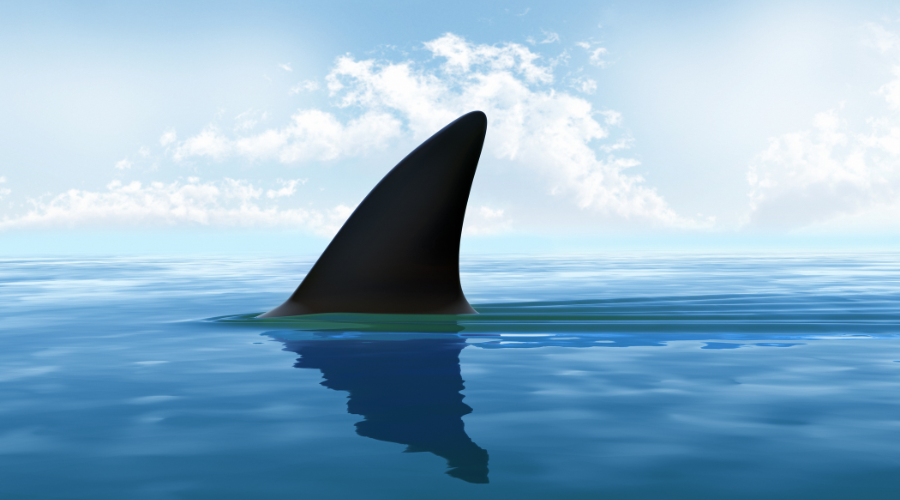
Hey there, beach lovers! Isn’t there something magical about the beach? The endless stretches of blue sea that meet the sky at the horizon, the rhythmic sound of waves crashing against the shore, the warm embrace of the sun on your skin, and the soft, comforting feel of sand under your feet. It’s like nature’s own paradise, offering a perfect escape from the hustle and bustle of daily life. Many of us find our happiest moments and fondest memories in these serene coastal settings. Whether it’s building sandcastles with the kids, playing fetch with our furry friends, or just enjoying a quiet moment to ourselves, soaking in the beauty and tranquillity.
But as we stand at the water’s edge, ready to jump into the cool, inviting waves, there’s a tiny niggle at the back of our minds that sometimes stops us in our tracks – the thought of sharks lurking beneath the surface. It’s a fear that’s been fueled by sensational stories and dramatic movie scenes, making us wonder about the dangers that might be swimming just out of sight.
So, what’s the real deal with shark attacks in New South Wales (NSW)? Are our fears justified, or are we letting myths hold us back from enjoying one of life’s greatest pleasures? It’s time to dive deep into the facts about sharks in NSW, dispel some common myths, shed light on the actual risks and understanding shark attacks. By understanding more about these often misunderstood creatures and the real statistics behind shark encounters, we can approach our beach adventures with confidence and a new perspective. Let’s embark on this journey of discovery together, and reclaim our love for the beach without the shadow of fear.
The Beauty of NSW Beaches
New South Wales (NSW) is home to more than 900 beaches along its coastline. Stretching from the Tweed Coast near the Queensland border down to the Sapphire Coast near Victoria, hosting some of the world’s most breathtaking beaches. From the iconic waves of Bondi Beach that draw surfers and sun-seekers from across the globe, to the surfers’ paradise of Byron Bay with its laid-back vibe and crystal-clear waters, and the serene shores of Jervis Bay, renowned for having some of the whitest sand in the world — these spots are quintessential to the Australian beach experience. Beyond their beauty, these beaches serve as a backdrop for a myriad of activities; whether it’s catching waves, basking in the sun, exploring the rich marine life through snorkelling, or simply enjoying a picnic with loved ones.
However, amidst this idyllic setting, the notion of shark encounters can sometimes overshadow the joy of beach outings.
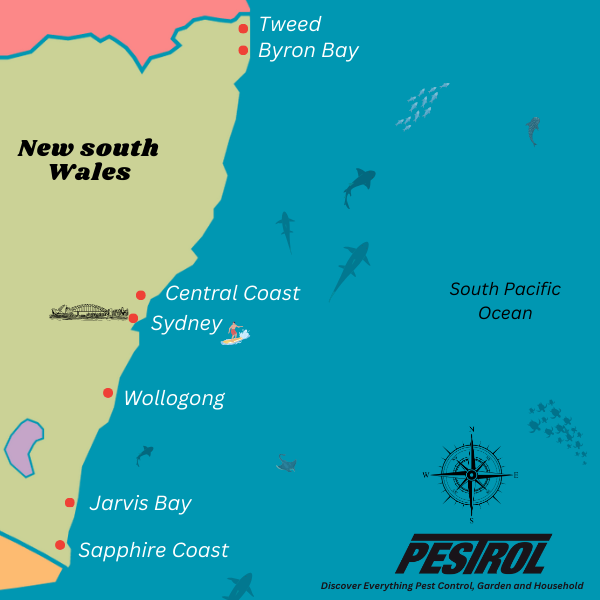
Despite the allure and adventure these beaches offer, it’s natural to wonder about the frequency of shark attacks and how they impact our cherished coastal experiences in NSW.
Getting to Know the Sharks in NSW Waters
A Closer Look at NSW’s Sharks
In the waters of NSW, you’ll find several types of sharks. The most well-known among them are the bull sharks, great white sharks, and tiger sharks. Bull sharks are interesting because they can live in both salty seawater and the fresher water of rivers, so they sometimes visit Sydney Harbor.
These sharks each have their ways of living and moving around. For example, great white sharks like cooler, deeper water but might come closer to the shore when they’re looking for food like seals or fish. Tiger sharks are known for eating a wide variety of things and can travel long distances, while bull sharks often swim into areas where rivers meet the sea, places where people like to swim and play.
The Best Times to Be Extra Careful
During the warmer months, from November to March, sharks are more active in NSW waters. This is when the water gets warmer and lots of fish and other sea animals are around, which can attract sharks closer to the beaches and places where people swim. According to research, most shark bites happen during these months, so it’s a good idea to be extra careful if you’re in the water then.
How Common Are Shark Attacks in NSW?
Actually, shark attacks in NSW are pretty rare. Even though scary stories about sharks pop up on the news or internet, the chance of actually being attacked by a shark is really small. But, just hearing about these attacks can make us feel scared to swim or surf in the sea. It’s kind of like how a scary movie can make us afraid of the dark, even if we know there’s nothing to be afraid of.
So, the fear comes more from the stories we hear than from what’s really likely to happen when we’re enjoying the beach.
Incidents such as the one in Sydney Harbor, where a woman was injured a week ago, and another notable event in February 2021, where a surfer faced a shark encounter off the coast, highlight the importance of staying vigilant. Although these occurrences are rare, they underscore the need for ongoing education about shark behaviors and safety measures around them.
Understanding the circumstances that lead to these encounters can help us take proactive steps to minimize risks. This knowledge is vital for making informed decisions about when and where to engage in water activities, ensuring a safer coexistence with marine life.
Such events reinforce the message that, while enjoying the natural beauty of our oceans, we must remain alert and informed about the potential presence of sharks, adhering to safety guidelines to protect both ourselves and the delicate balance of marine ecosystems.
NSW Government Measures and Safety Guidelines
To enhance beach safety and mitigate shark encounters, the NSW Government has implemented several measures:
- Shark Nets: Shark nets are installed at several popular beaches to reduce the chances of sharks coming close to swimming areas. However, these nets do not create a complete barrier and are part of a broader strategy.
- Drone Surveillance: The use of drones has become an effective tool for spotting sharks near beaches. These drones provide real-time aerial views, making it easier to detect the presence of sharks and alert swimmers and surfers promptly.
- Shark Listening Stations: These are part of a shark management strategy that uses technology to track tagged sharks. When a tagged shark is near, the listening stations send information to authorities, who can then warn the public.
- Public Education and Awareness: The government runs public education campaigns to inform beachgoers about shark safety, the importance of swimming at patrolled beaches, and how to minimize the risks of shark encounters.
- Smartphone Apps and Alerts: Apps and alert systems provide real-time information about shark sightings, beach closures, and safety advisories, allowing beachgoers to make informed decisions about entering the water.
Safety Guidelines to Protect Yourself
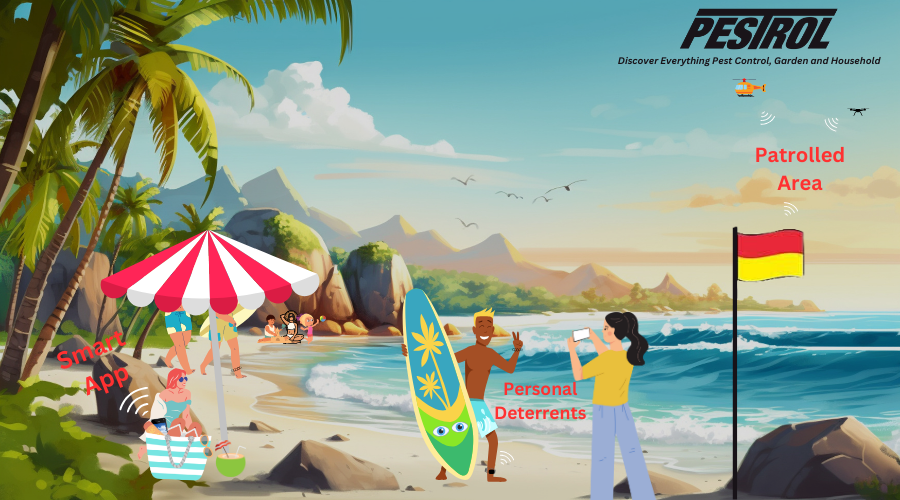
- Swim at Patrolled Beaches: Always swim or surf at beaches where lifeguards are present. Follow their advice, and swim between the flags.
- Avoid Dawn and Dusk: Sharks are more active at these times. Try to avoid swimming in the early morning or late evening.
- Stay Close to the Shore: Do not swim too far from the shore, and avoid swimming alone. Staying within a group can decrease the risk of a shark encounter.
- Avoid Murky Waters: Sharks can be more difficult to see in murky or turbid waters. Clearwater offers better visibility for spotting potential dangers.
- Avoid Areas with Fishing Activity: Areas where fishing is occurring can attract sharks. Also, avoid swimming near large schools of fish or seals.
- Heed Warnings: Pay attention to beach closure signs, warning flags, and shark alarms. Leaving the water promptly when a warning is issued is crucial for safety.
- Use the Government App: Utilize apps provided by the NSW government for real-time information on shark activity and beach conditions.
- Personal Shark Deterrent Devices: Consider using personal shark deterrent technologies. These devices can reduce the likelihood of an encounter.
- No Pets in the Water: Dogs and other pets can attract sharks due to their erratic movements. Keep pets out of the water when you’re at the beach.
- Pay Attention to Marine Wildlife: Increased activity from birds or fish can indicate sharks are nearby. If you notice this, it’s best to exit the water.
Conclusion
Enjoying the beach is a big part of life in NSW. By staying informed and following simple safety tips, we can keep having fun in the sun and surf while keeping safe around sharks. Let’s respect the ocean and all its creatures, and remember to look out for each other so we can all enjoy the beautiful beaches of NSW worry-free.





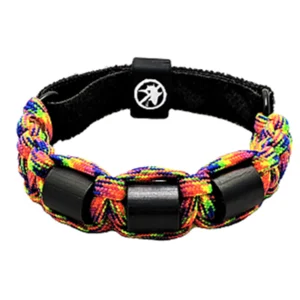
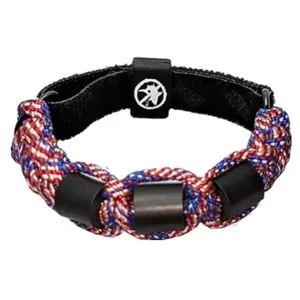
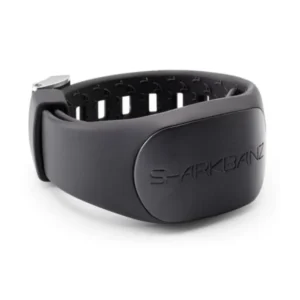
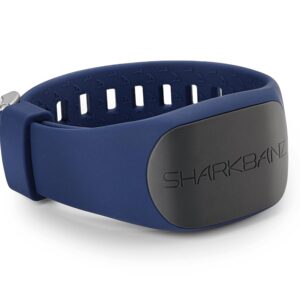
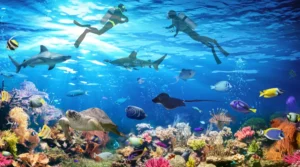
 Mosquito Traps
Mosquito Traps